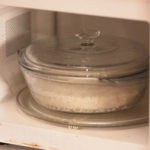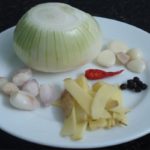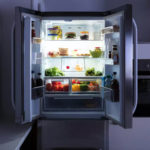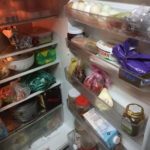Any remaining food after meals should be properly preserved using the following methods:
– Plastic food containers.
– Food wrapping film.
– Foil or foil-lined food containers.
– Antibacterial food preservation bags.
– Vacuum seal bags.
– Jars or containers with airtight lids.
Each method of food preservation will have its own advantages and disadvantages, and is suitable for different types of food. The following guidelines will help you choose the best method to preserve leftover food after meals.
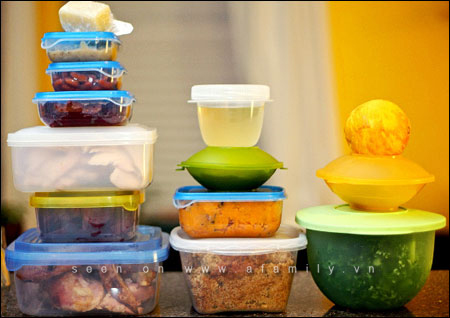
Storing and preserving food in plastic containers is the most common choice. In addition to large containers used to store large quantities of dry food, you can also choose containers that are the right size for the amount of leftover food. Plastic containers usually have a tight lid, making them airtight and suitable for preserving grains, rice, noodles, or dried meats with little moisture.
One of the biggest advantages of plastic containers is that they can be reused. After each use, simply clean them thoroughly, remove any odors, and dry them for the next use. The biggest disadvantage of plastic containers, especially cheap ones, is that they are easily stained and retain odors. Therefore, you should choose containers that are the same color as the food being preserved to avoid discoloration. For example, choose containers in orange color to preserve dishes with curry or chili sauce.
Food wrapping film is considered a convenient and easy-to-use method of food preservation that keeps the food tightly sealed. One of the advantages of food wrapping film is that it can be used in the microwave when you need to heat up liquids or soups without worrying about food splattering or spilling out.

This is also a relatively popular method of food preservation. Many people find that using foil is more convenient than using plastic wrap. However, foil cannot be used in the microwave when you want to heat or cook food in this type of oven. Foil makes it easier to wrap food. It is quite durable and sturdy, making it suitable for wrapping food before putting it in the refrigerator. In addition, foil also prevents food from freezing.
Food containers lined with foil are often used by restaurants to preserve food before serving. These containers can be reused. However, they are also not suitable for use in the microwave and are difficult to clean. You need to be very careful when cleaning these foil-lined containers to avoid scratching the foil lining inside. In addition, the risk of food poisoning from preserved leftovers in these containers is higher compared to other preservation methods.


Some vacuum seal bags can be used multiple times, but most are single-use. This preservation method is the best choice for dry and non-liquid food. Vacuum seal bags are also used to preserve fresh food in the refrigerator. As the air is sucked out, vacuum seal bags help keep the food fresher for longer.

|
 Show off your beautiful, sweet, and happy wedding photos taken in various regions at www.anhcuoi.afamily.vn. Check out the detailed instructions on the contest rules here and how to upload photos. Secret revealed: there are super hot prizes!
|
More Useful Advice for Homemakers (Part 2)
Have you heard of the surprisingly easy tips to make cooking and household chores simpler? White radish eliminates the acrid taste of salted meat, adding alum to raw shrimp helps soften it, and adding cold water when frying eggs can make them crispy – these are just a few of the tricks to make your life easier.
Is Refrigerated Leftovers Linked to an Increased Risk of Cancer?
Dr. Lam Van Man, Head of Research, Development and Technology Transfer Department of the Institute of Safety Food, has warned of the risk of food poisoning when reheating leftovers from the refrigerator. But what should we be aware of when it comes to the possibility of these leftovers causing cancer? Here, we explore what the experts have to say on the matter and offer some tips for safe eating.


























